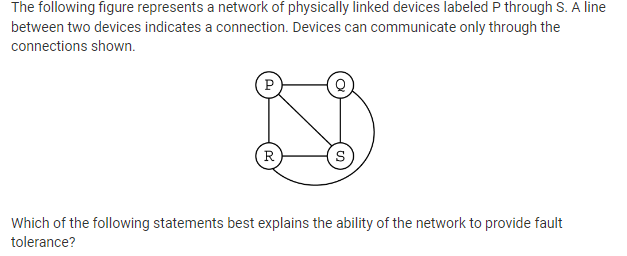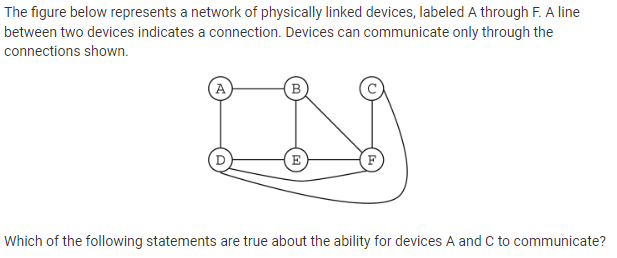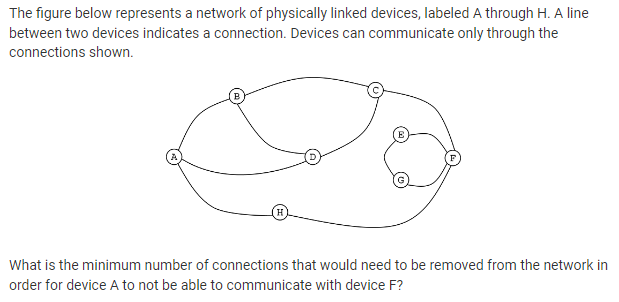AP CSP (2.5-2.10) Vocab
1/45
There's no tags or description
Looks like no tags are added yet.
Name | Mastery | Learn | Test | Matching | Spaced |
|---|
No study sessions yet.
46 Terms
Control Flow
the direction the computer program moves from instruction to instruction over time. Can also be controlled by if statements and other binary conditions.
Operator block
light-green colored blocks of code used to handle strings and math equations in Scratch.
If Block
a set of instructions within an if block that is executed only if the condition in the if statement is met.
If Else Block
a set of instructions within an if block is executed if a specified condition is true and instructions within the else block are executed if the same condition is false.
Branching
instruction in a computer program that can cause a computer to begin executing a different sequence of instructions.
Conditionals
only executes if a certain designated condition is true.
MOD
The remainder when you divide. (Ex. x = 4 ; x MOD 2 = 0, the remainder is 0 because 4/2 = 2 and there isn’t anything left)
Boolean Values
binary values (usually denoted true and false), intended to represent the truth values of logic and Boolean algebra.
Switching
turning on or off (binary)
Nesting
where different logic structures sequence, selection and loops are combined or nested in one another.
Iteration
repetition - one complete step of a loop, repeated until a certain condition is met.
Loop
the repetition of some code
Indefinite Loop
executes a predetermined set of times for a loop to be repeated
Repetition
one complete step of a loop, lines of code will be run multiple times.
Procedure
a named collection of steps in an algorithm (or group of programming instructions) that can be reused anytime it is needed. A procedure may have parameters and return values.
Parameter
a special type of variable used within a procedure.
Modularity
the subdivision of a computer program into separate subprograms.
Heuristics
a method for deriving an approximate solution - Rules of Thumb but not guaranteed an accurately correct answer
Unsolvable Problem
a problem that cannot be solved using any algorithm
Halting Problem
there cannot be a program that will determine which computer programs will halt (or exit) and which programs will go on forever (infinite loop)
Undecidable Problem
where no algorithm can be made that always leads to a correct yes or no answer.
Scalability
how well do algorithms perform at increasingly larger scales.
Big-O Notation
A mathematical concept used by computer scientists to determine how well algorithms scale - performances classified into different categories.
Sequential Search
a linear search method of finding a targeted value within a list, looking one at a time until a match is found.
Binary Search
a method of searching by dividing the search interval in half each time.
Logarithmic Behavior
Doubling the size of a problem only requires one extra unit of work.
Brute Forcing
Trial and error method used to decode encrypted data such as passwords.
Logic Gate
a hardware abstraction that is modeled by a Boolean function

Fault Tolerance Quiz (AP Classroom) - Question 1
The network is considered fault-tolerant because there are redundant paths between each pair of devices.
Fault Tolerance Quiz (AP Classroom) - Question 2
Which of the following best explains how fault tolerance in a network is achieved?
By providing multiple paths between devices, enabling routing to occur even in the presence of a failed component.
Fault Tolerance Quiz (AP Classroom) - Question 3
Which of the following best explains how the Internet is a fault-tolerant system?
The Internet is fault-tolerant because there are usually multiple paths between devices, allowing messages to sometimes be sent even when parts of the network fail.
Fault Tolerance Quiz (AP Classroom) - Question 4
Which of the following is a primary benefit of making a computing system fault-tolerant?
If one component of the system fails, users of the system can often still access it.

Fault Tolerance Quiz (AP Classroom) - Question 5
Two Answers :
- If devices B and D were to fail, then information sent from device A could not reach device C.
- If devices D and F were to fail, then information sent from device A could not reach device C.

Fault Tolerance Quiz (AP Classroom) - Question 6
2
Digital Divide Quiz (AP Classroom) - Question 1
Which of the following actions is most likely to help reduce the digital divide?
Deploying satellites and other infrastructure to provide inexpensive Internet access to remote areas of Earth
Digital Divide Quiz (AP Classroom) - Question 2
Which of the following is LEAST likely to be a contributing factor to the digital divide?
Some parents prefer to limit the amount of time their children spend using computing devices or the Internet.
Digital Divide Quiz (AP Classroom) - Question 3
Which of the following actions is most likely to be effective in reducing the digital divide at a local level?
Providing free community access to computers at schools, libraries, and community centers
Crowdsourcing Quiz (AP Classroom) - Question 1
Which of the following activities is most likely to be successful as a citizen science project?
Collecting pictures of plants from around the world that can be analyzed to look for regional differences in plant growth.
Crowdsourcing Quiz (AP Classroom) - Question 2
Which of the following applications is most likely to benefit from the use of crowdsourcing?
An application that allows users to view descriptions and photographs of local landmarks
Crowdsourcing Quiz (AP Classroom) - Question 2
A mobile application is used to display local traffic conditions. Which of the following features of the application best exemplifies the use of crowdsourcing?
Users can submit updates on local traffic conditions in real time.
Computing Bias Quiz (AP Classroom) - Question 1
The developers of a music-streaming application are updating the algorithm they use to recommend music to listeners. Which of the following strategies is LEAST likely to introduce bias into the application?
Making recommendations based on listening data gathered from a random sample of users of the application
Computing Bias Quiz (AP Classroom) - Question 2
A mobile game tracks players’ locations using GPS. The game offers special in-game items to players when they visit real-world points of interest. Which of the following best explains how bias could occur in the game?
Points of interest may be more densely located in cities, favoring players in urban areas over players in rural areas.
Computing Bias Quiz (AP Classroom) - Question 3
A software company is designing a mobile game system that should be able to recognize the faces of people who are playing the game and automatically load their profiles. Which of the following actions is most likely to reduce the possibility of bias in the system?
Testing the system with people of different ages, genders, and ethnicities
Beneficial & Hamrful Effects Quiz (AP Classroom) - Question 1
MeeReader is an e-reading application that allows users to download and read books and articles on a device. Each user creates a profile with the following personal preferences.
Screen brightness and contrast
Choice of typeface and font size
Amount of spacing between lines of text
Activation of a text-to-speech feature that reads the text out loud
When the user launches the application, the application scans the user’s face and uses facial recognition software to determine the user’s identity. Once the user has been identified, the user’s personal preferences are applied to whatever book or article the user chooses to read.
The application stores all user information in a database, including personal preferences and a record of previously read books and articles.
Users with visual impairments may be able to more easily read or listen to books and articles.
Beneficial & Hamrful Effects Quiz (AP Classroom) - Question 2
MeeReader is an e-reading application that allows users to download and read books and articles on a device. Each user creates a profile with the following personal preferences.
Screen brightness and contrast
Choice of typeface and font size
Amount of spacing between lines of text
Activation of a text-to-speech feature that reads the text out loud
When the user launches the application, the application scans the user’s face and uses facial recognition software to determine the user’s identity. Once the user has been identified, the user’s personal preferences are applied to whatever book or article the user chooses to read.
The application stores all user information in a database, including personal preferences and a record of previously read books and articles.
From the perspective of the application’s developers, which of the following is most likely to be a benefit of storing all user data in a database?
The developers can analyze the data to make improvements to the application based on user behavior.
Beneficial & Hamrful Effects Quiz (AP Classroom) - Question 3
A software development company has created an application called FileCleanUp. When the application is run on a user device, it searches for all files (including pictures, videos, and documents) that have not been accessed in the past month, stores them on the company’s Web server, and deletes them from the user device. The application runs once each day. Users have the ability to manually retrieve files from the server if they are needed.
Which of the following is most likely to be a harmful effect of using FileCleanUp?
It prevents users from accessing infrequently used files when there is no Internet connectivity.